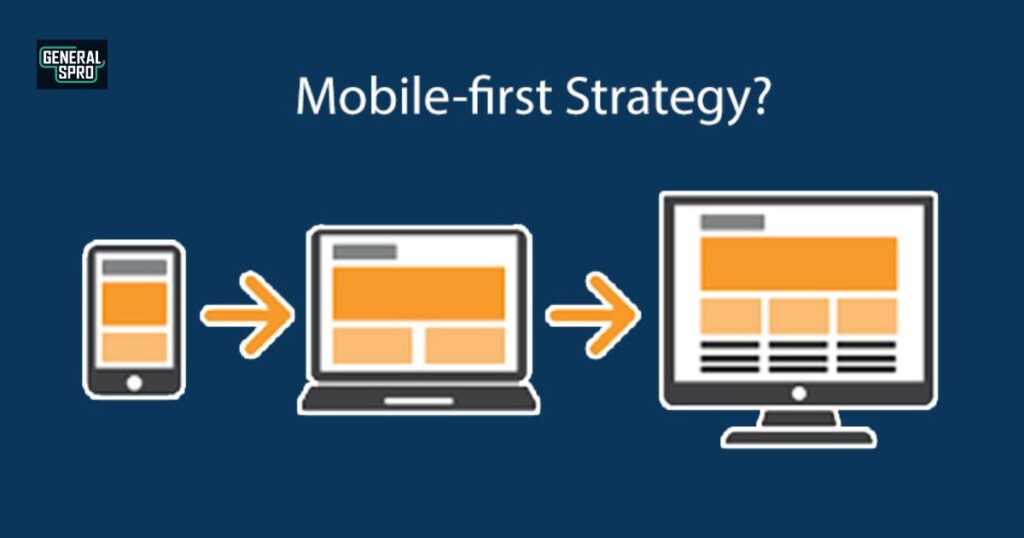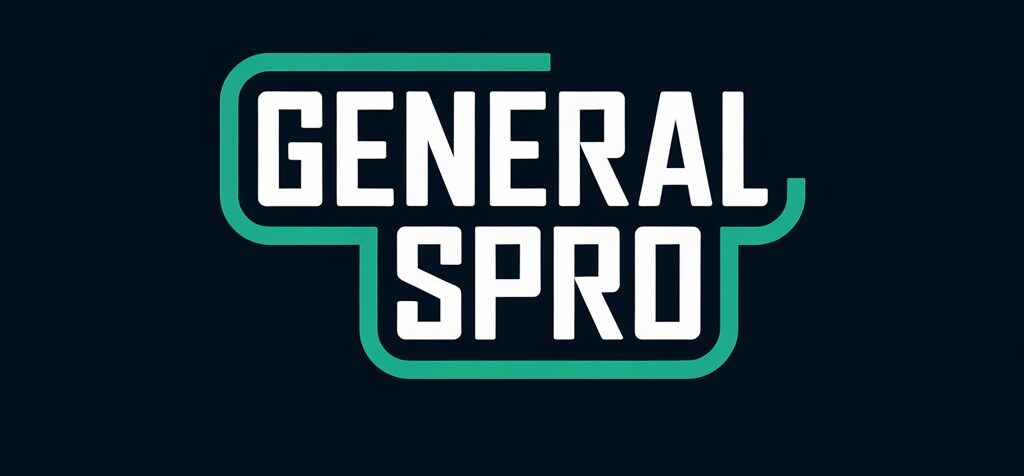Effective communication requires more than just recycling old phrases in today’s fast-paced digital world.
While “stay tuned” has served us well since the radio era, modern professional discourse demands fresh alternatives that resonate with contemporary audiences.
This comprehensive guide explores twenty professional alternatives to “stay tuned,” complete with context-specific examples and implementation strategies.
Is “Stay Tuned” Still Professional?

The phrase “stay tuned” originated in broadcast media, where listeners needed to keep their radio dials fixed to a specific frequency. Today’s digital landscape has evolved far beyond these technological constraints, yet maintaining audience engagement remains crucial.
The phrase still carries weight in professional settings but sometimes feels dated or overly casual.
Modern business communication emphasizes authenticity and precision. While “stay tuned” remains acceptable in casual contexts, more sophisticated alternatives are often preferred in formal business situations.
The key lies in choosing phrases that match your audience’s expectations and your communication medium’s tone.
Comprehensive List: 20 Alternative Ways to Say “Stay Tuned”
Example: Team Project Update
“Keep an eye out” offers a fresh, attentive approach to anticipation. This phrase works particularly well in collaborative environments where ongoing developments require active participation.
For instance, in project management communications: “The UX team is implementing final revisions to the dashboard. Keep an eye out for the beta release announcement early next week.”
Example: Product Launch Teaser
This straightforward alternative promises additional value while maintaining professional dignity. It’s especially effective in marketing communications:
“We’ve unveiled the basic features today. More to come as we approach the official launch date in Q3.”
Example: Social Media Post
Perfect for digital platforms where content updates regularly, this phrase creates a sense of anticipation while directing attention to a specific location:
“Our sustainability report highlights impressive progress. Watch this space for detailed breakdowns of each initiative.”
The Psychology Behind “Stay Tuned” Messaging
The effectiveness of anticipatory phrases lies in their psychological impact on audiences. When we signal upcoming content, we trigger what psychologists call the “curiosity gap” – the space between what people know and what they want to know.
This cognitive mechanism creates intrinsic motivation, compelling audiences to return for updates. Understanding this psychological foundation helps communicators craft more effective engagement strategies.
Digital Age Adaptations of Traditional Broadcasting Terms
As communication platforms evolve, so does our language. The transition from traditional broadcasting to digital media has transformed how we maintain audience attention.
While “stay tuned” emerged from radio and television, today’s digital landscape demands more nuanced approaches that acknowledge the interactive nature of modern media consumption.
Cultural Considerations in Global Communications
In our interconnected world, phrases that work well in one cultural context might miss the mark in another.
Understanding cultural nuances becomes crucial when choosing alternatives to “stay tuned.” What sounds engaging in North American business contexts might appear too casual or inappropriate in other regions. This cultural awareness shapes effective global communication strategies.
Timing Your Update Promises
The art of maintaining audience engagement isn’t just about what you say – it’s about when you say it. Strategic timing of update announcements can significantly impact their effectiveness.
Too frequent, and you risk audience fatigue; too sparse, you might lose momentum. Finding this balance requires understanding your audience’s expectations and attention patterns.
Social Media Platform-Specific Approaches
Each social media platform has its own communication style and audience expectations.
LinkedIn users might respond better to professional, formal language, while Twitter audiences often prefer concise, casual updates.
Instagram followers typically engage with visually oriented teasers. Understanding these platform-specific dynamics helps tailor your engagement strategy.
Building Anticipation in Email Marketing
Email marketing requires particularly careful handling of engagement phrases. The inbox is a competitive space where generic expressions often get lost in the noise.
Crafting compelling email-specific alternatives to “stay tuned” can significantly impact open rates and engagement metrics.
Mobile-First Communication Strategies

With mobile devices dominating content consumption, brevity and clarity become paramount.
Mobile-optimized engagement phrases need to capture attention quickly while remaining meaningful on small screens, requiring a balance between conciseness and impact.
Measuring Engagement Success
Understanding the effectiveness of different engagement phrases requires careful metrics tracking.
Analytics can reveal which phrases drive higher engagement rates across different platforms and audiences. This data-driven approach helps refine communication strategies over time.
Industry-Specific Communication Standards
Different industries have developed their own communication norms and expectations. What works in tech startups might feel out of place in traditional banking.
Understanding these industry-specific standards helps choose appropriate engagement phrases.
The Role of Urgency in Updates
Creating a sense of urgency can significantly impact audience engagement, but it must be handled carefully.
Over-using urgent language can lead to audience fatigue or skepticism. Strategic deployment of urgency-based phrases maintains their effectiveness.
Personalization in Follow-up Messages
Personalized engagement strategies often outperform generic approaches. Tailoring your “stay tuned” alternatives to specific audience segments can significantly improve response rates. This might involve referencing previous interactions or acknowledging specific interests.
Seasonal and Temporal Considerations
The effectiveness of engagement phrases can vary with seasons and timing. Holiday periods, business quarters, and industry-specific cycles influence audiences’ responses to different communication approaches. Adapting your language to these temporal patterns enhances engagement.
Compliance and Legal Considerations
Certain phrases might carry specific legal implications in regulated industries. Understanding these constraints helps craft compliant yet engaging messages, which are particularly important in financial services, healthcare, and other regulated sectors.
Integration with Call-to-Action Strategies

Engagement phrases work best when integrated with clear calls to action. Understanding how to pair these elements effectively can significantly improve response rates.
This requires careful consideration of the user journey and desired outcomes.
Building Long-Term Engagement Patterns
Sustainable audience engagement requires more than just catchy phrases. It demands consistent, valuable communication that builds trust over time.
Developing a long-term engagement strategy helps maintain audience interest beyond individual updates.
FAQ’s
How often should I use engagement phrases in my communications?
A: The frequency depends on your audience and platform, but aim for one engaging phrase per major update or announcement. Overuse can diminish their effectiveness and potentially annoy your audience.
Are there any industries where “stay tuned” remains preferred?
A: Traditional broadcast media and radio still effectively use “stay tuned,” as it aligns with their heritage. However, most modern industries benefit from more contemporary alternatives.
Should engagement phrases differ between internal and external communications?
A: Yes, internal communications can generally be more casual and direct, while external communications should maintain a more polished, professional tone appropriate to your brand voice.
How do I choose the right level of urgency in my update phrases?
A: Consider your content’s actual timeline and importance. Reserve high-urgency phrases for truly time-sensitive updates to maintain credibility with your audience.
Can I use the same engagement phrase across social media platforms?
A: While possible, it’s better to tailor phrases to each platform’s unique culture and character limits. What works on LinkedIn might not resonate on Twitter.
How do I maintain engagement without sounding repetitive?
A: Rotate through different phrases and customize them to your specific context. List alternatives and match them to your content type and audience.
Are emojis appropriate with professional engagement phrases?
A: It depends on your industry and audience. Tech and creative industries often welcome them, while traditional sectors like finance or law generally prefer text-only communication.
How can I measure if my engagement phrases are working?
A: Track metrics like click-through rates, response times, and audience retention across phrases. Use A/B testing to compare the effectiveness of different approaches.
Conclusion
In today’s dynamic communication landscape, moving beyond “stay tuned” opens up new possibilities for engaging with your audience.
The key to success lies in selecting phrases that align with your platform, audience, and message while maintaining authenticity and professionalism.
By thoughtfully implementing these alternatives, you can create meaningful connections with your audience and drive better engagement across all your communication channels.
As communication trends evolve, staying adaptable with your language choices while remaining true to your brand voice will ensure your messages continue to resonate and engage.








